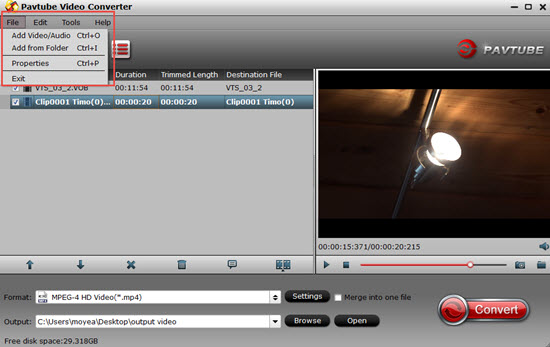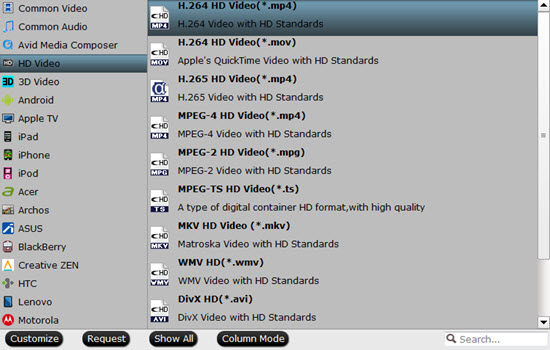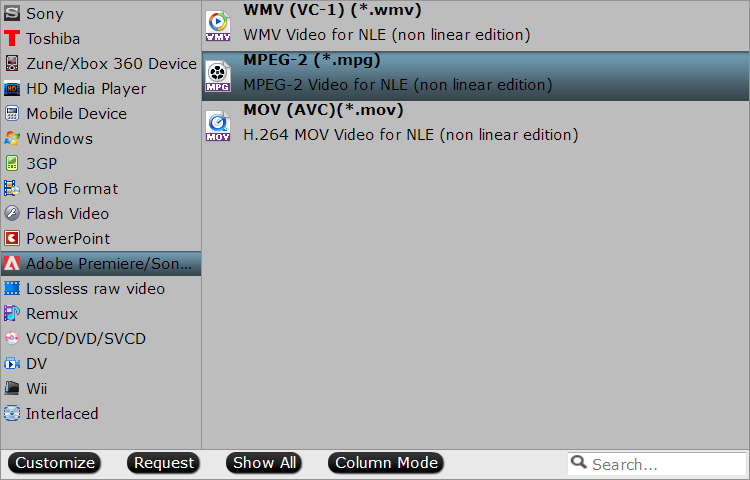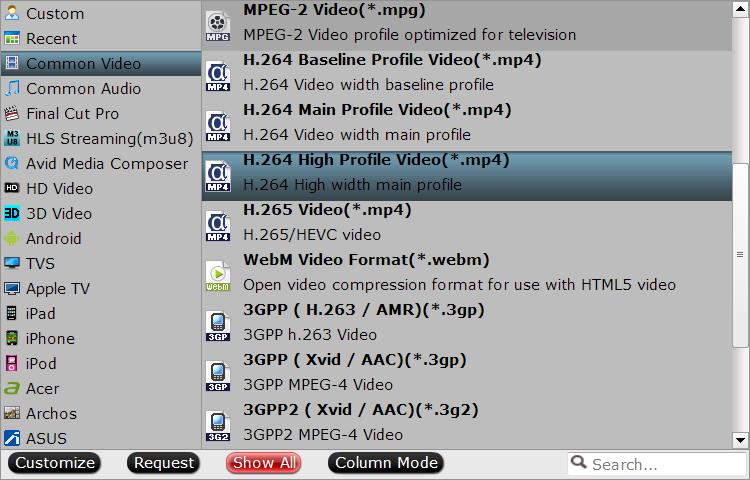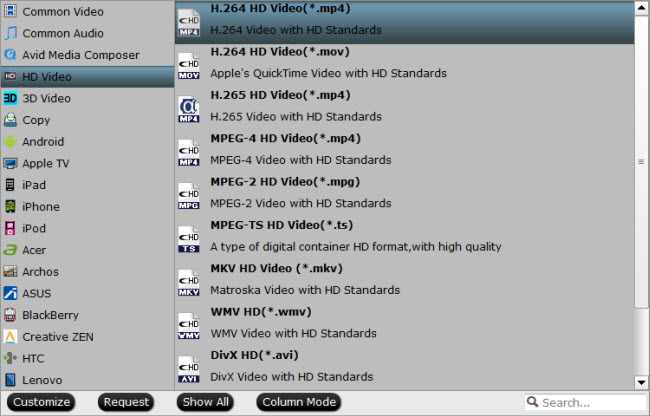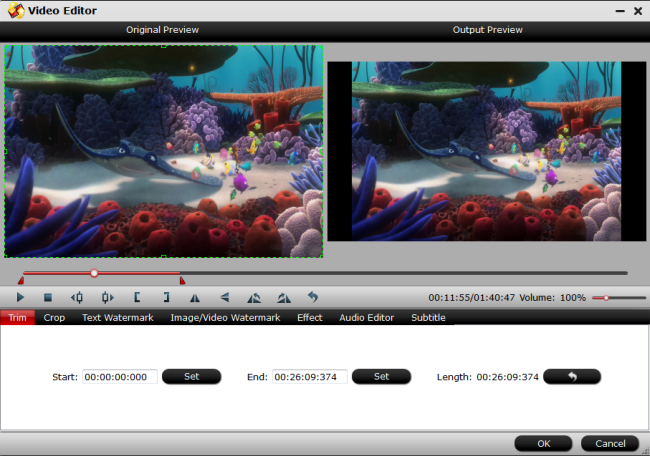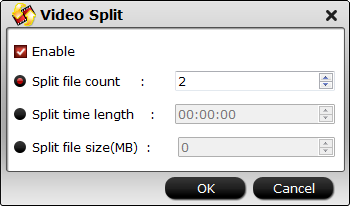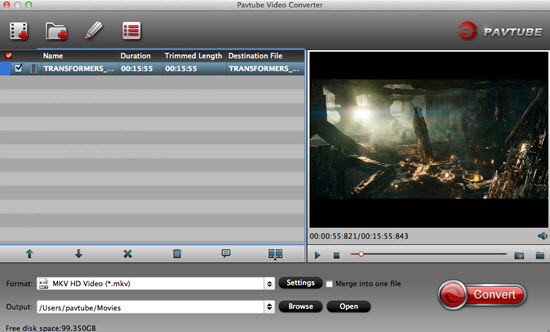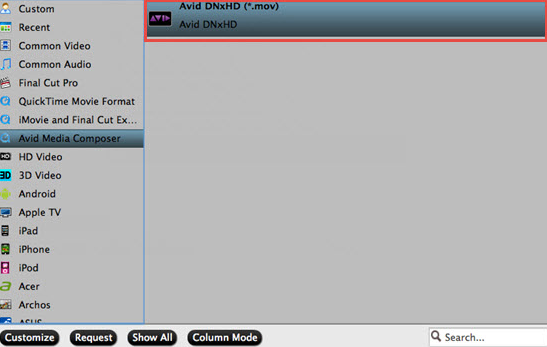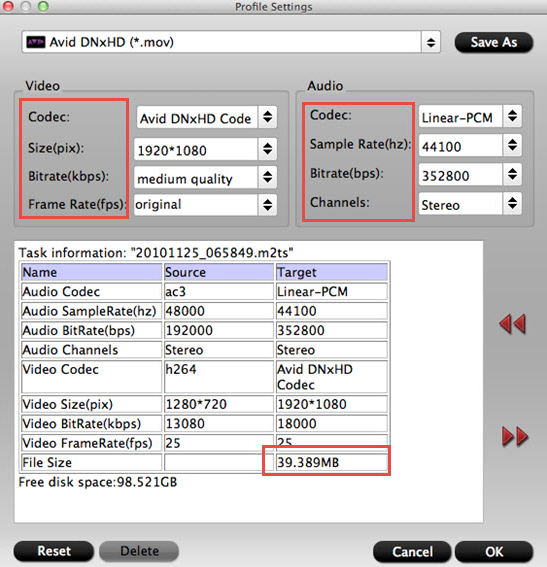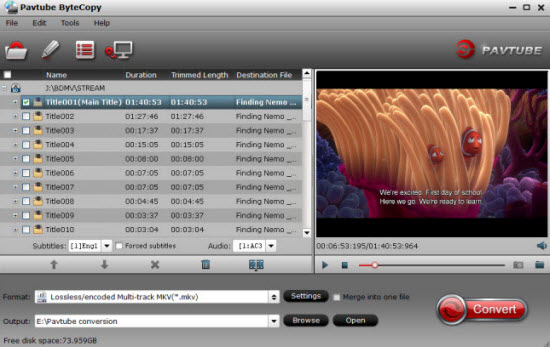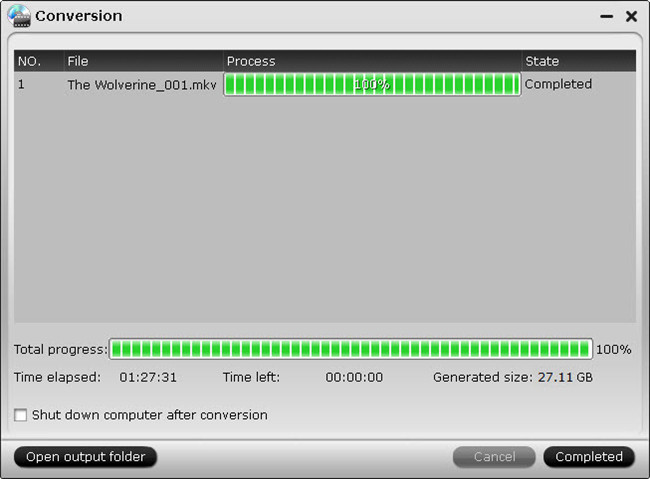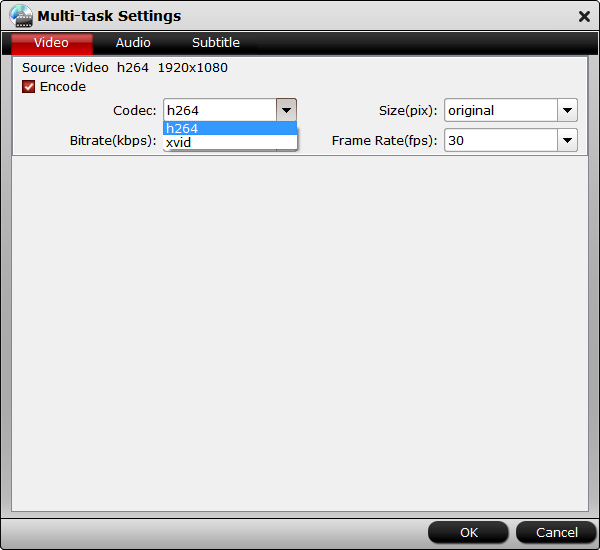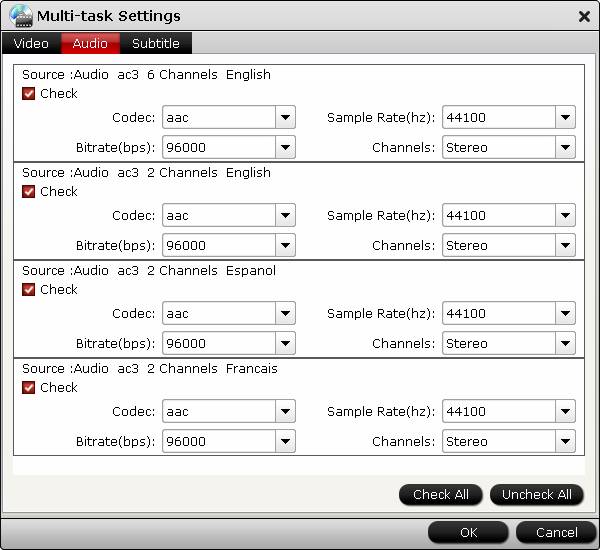Canon 5D Mark IV 4K Video issues in FCP X
"Hi guys. I have Canon 5D mark 4 and it can shoot 4K videos in MJPEG format. When i tried to edit this videos in FCPX video seems laggy and not smooth. I think it's about for MJPEG format because it's normal in the camera screen. And 1080P ALL-I & IPB videos are seems normal and ok too. Do you have any suggestions to solve for this issue?"
Can FCP X handle Canon 5D Mark IV 4K video?
The Canon 5D Mark IV shots DCI 4K (4096 x2160) resolution recording in MJPEG format, which is unfortunately excluded from FCP X supported file formats. To successfully load Canon 5D Mark IV 4K to FCP X, you will need to perform a format transcoding process.
Best workflow of Canon 5D Mark IV 4K with FCP X
You can easily convert Canon 5D Mark IV 4K MJPEG to one of FCP X editable file formats with any of the Mac video conversion tool on the market , however, if you are looking for a high quality and high performance workflow, we highly recommend you to use the Apple Prores codec, which retains higher quality during editing while requiring much less expensive disk systems.
To generate Apple Prores codec, you can download this professional program - Pavtube Video Converter for Mac, which can swiftly transcode Canon 5D Mark IV 4K MJPEG to Apple Prores codec in various types, you can choose a proper codec according to your computer hardware system condition.
If you computer is old or slow, or you just want to do some rough editing, you can select to output "Apple Prores Proxy)(*.mov)"or "Apple Prores (LT)(*.mov)"format to save more space and bandwidth. However, if your computer are powerful enough to handle multicam and high-resolution video and you are going to do many effects editing work with FCP X, you'd better choose to output "Apple Prores 422(*.mov)"or "Apple Prores 422(HQ)(*.mov)" for better performance.
Notes:
1.When converting video to Final Cut Pro oriented format templates(e.g. Apple Prores), please ensure that your computer has Final Cut Pro installed, otherwise the converted files will have audio only without image.
2.If you are using FCP X, please make sure you have installed ProApps QuickTime Codecs, or you may get files with sound only without video.
Step by Step to Convert Canon 5D Mark IV 4K to Apple Prores for FCP X
Step 1: Load Canon 5D Mark IV 4K footage.
After transferring the footage from the camera to your Mac local drive, launch the program on your Mac computer, from "File" drop-down option, select "add Video/Audio" to add Canon 5D Mark IV 4K files to the program.
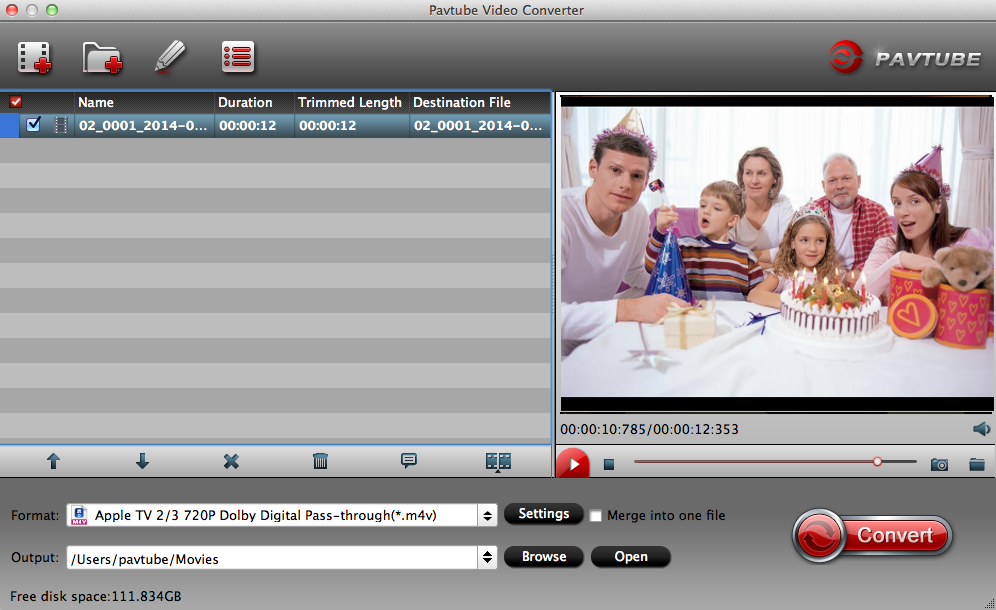
Step 2: Select output file format.
Click "Format"bar, from its drop-down list, select "Final Cut Pro"> "Apple Prores 422(*.mov)"as your desired output file formats for working with high performance computer, for slow computer, just choose "Apple Prores Proxy)(*.mov)"or "Apple Prores (LT)(*.mov)"format.
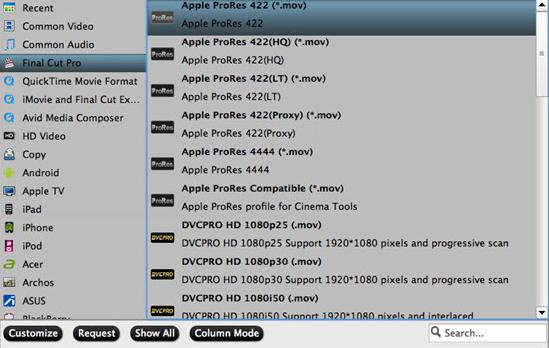
Step 3: Begin the conversion process.
Go back to the main interface and press the "Convert" icon on the right-bottom to start Canon 5D Mark IV 4K to Final Cut Pro X Apple Prores codec encoding process.
When the conversion is done, you can easily import converted video to FCP X for furthering professional editing.
Related Articles
Any Product-related questions?support@pavtube.com




